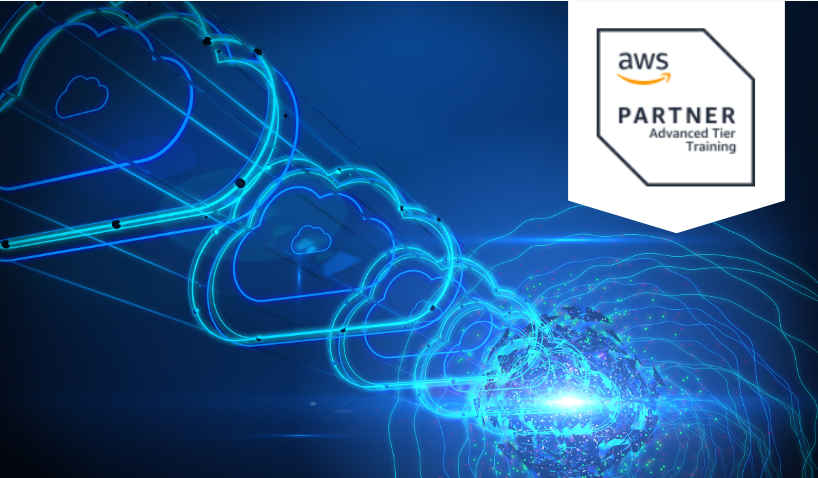Who should attend
This course is intended for:
Solutions architects, cloud engineers, including security engineers, delivery and implementation engineers, professional services, and Cloud Center of Excellence (CCOE)
Prerequisites
Before attending this course, participants should have completed the following:
AWS Security Fundamentals
AWS Security Essentials (SEC-ESS)


